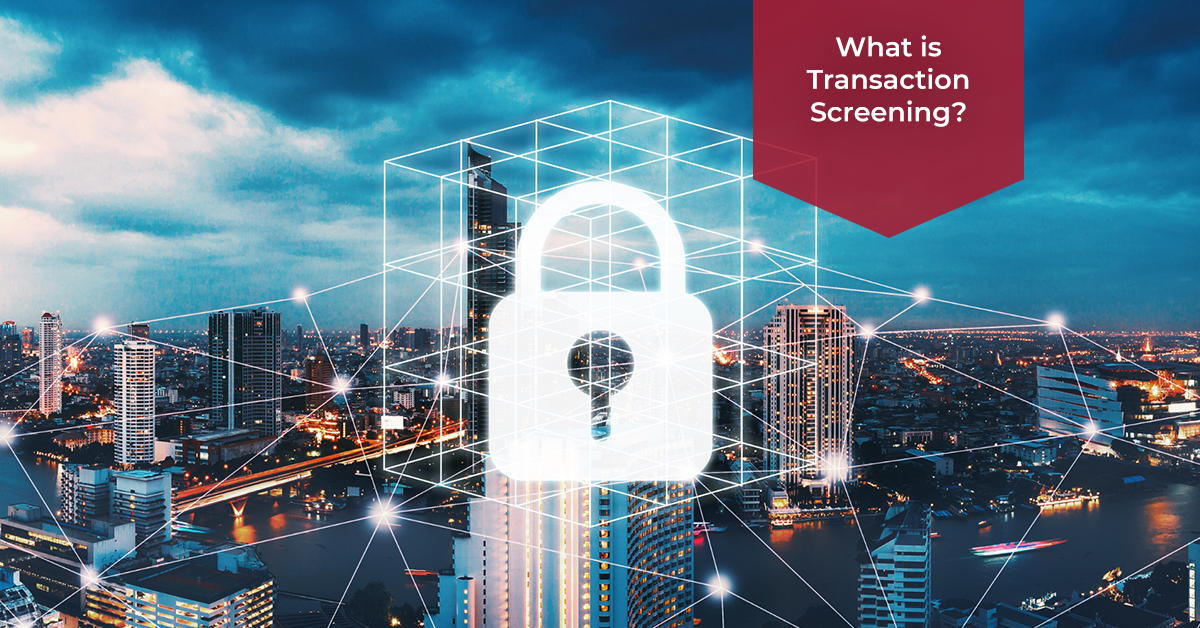
What is Transaction Screening?
Anti-Money Laundering(AML) rules may vary across authorities but generally challenge associations to take prudent steps in detecting and reporting any suspicious activity like as securities fraud and terrorist financing( some examplifications include the U.S. Patriot Act and Bank Secrecy Act( BSA). A captious element of an anti-money laundering program involves transaction screening.
While transaction monitoring refers to the process of observing client deals in real-time or retroactively to spot trends and red flags, it involves verifying client personalities and ongoing screening of their transactions. The thing is, like numerous parts of the Know Your Customer (KYC) process, aims to stop financial crime in its tracks. The thing here is to screen transactions to ensure that they aren’t being processed on behalf of a bounded party, either sender or beneficiary, as well as other elements of a sale before it materializes into a commodity worse. Let’s look at the details of transaction screening.
Transaction Screening vs. Transaction Monitoring
Transaction screening is a process that evaluates transactions prior to their approval, while monitoring is a process that reviews transactions that have already taken place. Both are designed to identify suspicious and unusual elements that require further investigation. Once flagged, analysts evaluate the alert to determine if the transaction is valid or if additional investigation, escalation, or reporting is required.
The most effective tools available to companies enable them to customize their transaction monitoring solutions to their individual risk profile, as determined by a continually updated Enterprise Value Added Report (EVR). Companies may set their own rule thresholds, based on their risk exposure and risk appetite. AI can also be used to identify hidden risks, either replacing a rule-based approach or supplementing it depending on the chosen solution.
Challenges of transaction screening
There are some challanges of transaction screening. These challanges as follow:
- Changing regulatory requirements: As the war on financial crime intensifies, it’s important to stay up to date on new regulations.
- Misconfigured systems/data sources: Most systems collect information from a variety of sources, such as watchlists, transactional lists, and more. This can lead to technical hiccups, such as false positives, where models or systems may erroneously alert a client to suspicious activity when, in reality, they do not pose a threat.
- Continuous maintenance: To keep up with the ever-evolving methods used by criminals to evade detection and compliance, firms must continually update systems, models and data feeds.
What is The Importance of Transaction Screening and Monitoring in AML
Companies need transaction screening and monitoring to keep track of threats, defend their clients from fraud and stop illegitimate activities, Combining all of these with real-time data and AI-driven tools, companies can stay on top of the ever-evolving dangers. Screening not only meets governmental conditions. It also helps improve customer experiences. with good screening and monitoring, and the right tools, companies can make the most of their resources and stay compliant and upgrade their business.

